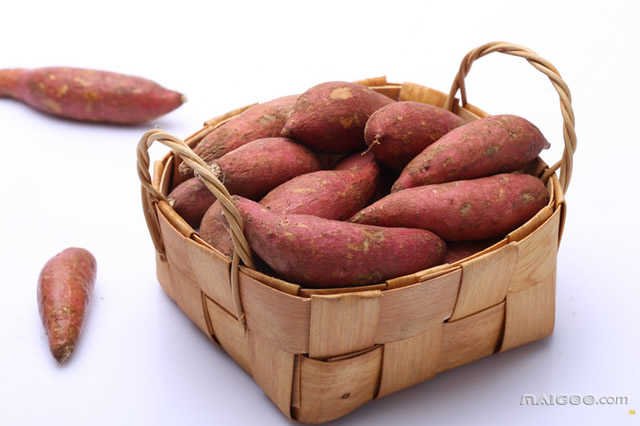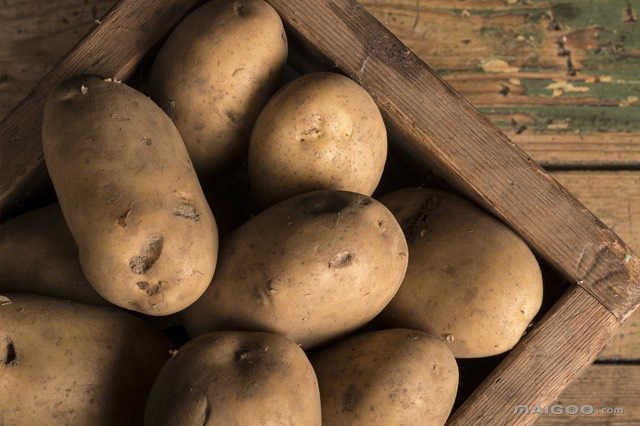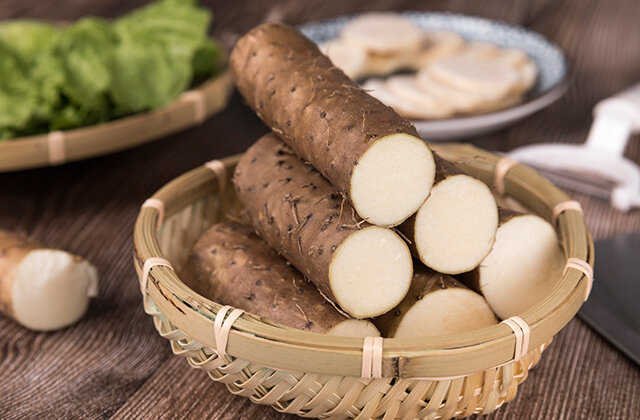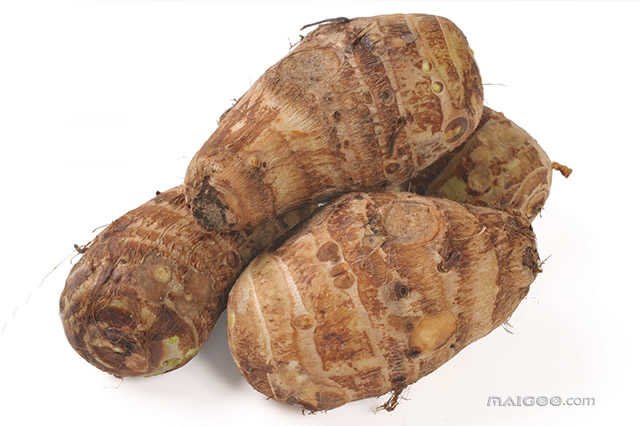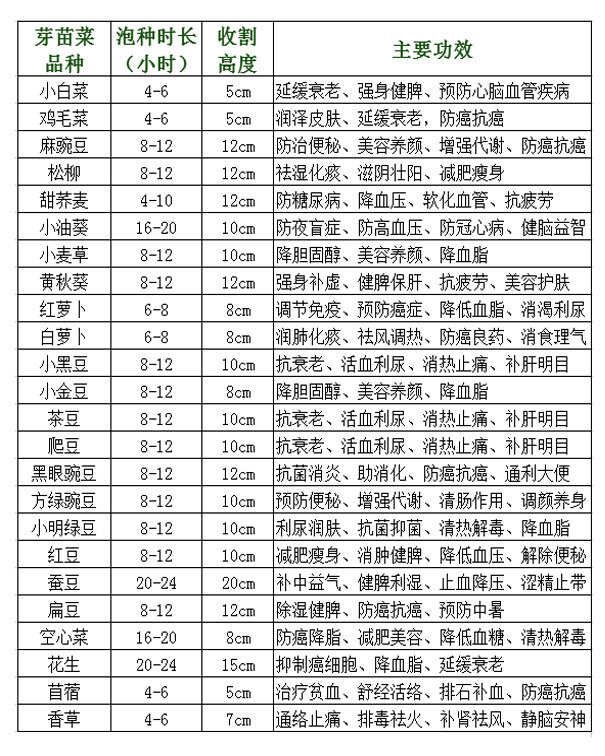How to plant the toon seeds to plant itself to achieve the freedom of toon toon
1. Toon seed soaking
Before soaking, put the toon seeds into the cloth bag and gently rub it, and then fan the film's membrane wings.In order to prevent the seeds with bacteria, the seeds are cope with disinfection treatment before germination. There are two disinfection methods, namely, hot water, sterilization and potassium permanganate solution.
Hot water disinfection method: Put the seeds into the bag, first immerse in warm water at 45-48 C for 10 minutes, and then cast it with 55 C hot water for 15 minutes. Immediately take it out and soak it in cold water for 6 to 8 hours.
disinfection method of potassium permanganate solution: First soak the seeds with 0.1%potassium permanganate solution for 30 minutes, then rinse it with water, and soak them with cold water for 6 to 8 hours.
During the above disinfection processing process, 3,000 times love to collect more solutions, which can not only increase the height of the toon sprouts, increase the plant weight, increase the yield, but also make the sprouts harvest 1 to 2 days in advance.
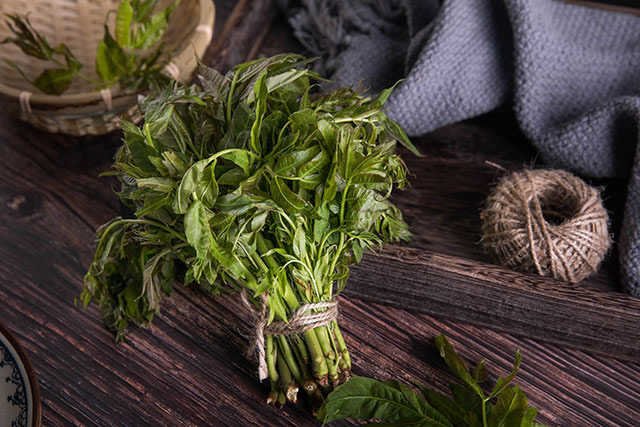
2. How to grow toon seeds
(1) seedlings
1. Choose high -quality seeds
Choose the new seeds of the year, the seeds should be full, the color is fresh, red and yellow, the seed is yellow and white, the clarity is more than 98%, and the germination rate is above 40%.
2. Insulation
In order to make seedlings neatly, germination is required.The method of germination is: use warm water at 40 C, soak for about 5 minutes, constantly stir, and then soak in water at 20 C to 30 C for 24 hours.On the clean reed, the stall is 3 cm thick, then covered with clean cloth, and placed in the environment of 20 C to 25 C to moisturize germination.During the germination, the seeds are rolled 1 or 2 times a day, and washed with water at about 25 C for 2 to 3 times to control the excess water.When 30%of seeds are sprouting, sowing can be sowed.
3. Sowing in time
The land selection is flat, the light is sufficient, and the sandy soil and the fertile fields with good drainage and the fertile soil are used for seedling land, combined with the fertilization of the whole land, sprinkled well, and rolled.At the 1 -meter wide puppet, press the trench at 30 cm lines, the width of the ditch is 5-6 cm, and the trench depth is 5 cm.
4. Seedlings management
Seedlings emerged about 7 days after sowing, and watering was strictly controlled before the seedlings, in order to prevent the seedlings from affecting the seedlings.When the small seedlings are unearthed, 4 to 6 real leaves should be performed, and the seedlings should be carried out and fixed seedlings should be carried out.Water before setting the seedlings, set the seedlings at 20 cm spacing.When the plant height is about 50 cm, the seedlings are dwarfed.Use 15%polyzole 200-400 times solution, spray once every 10 to 15 days, and spray 2 to 3 times in a row to control the length, promote dwarfing seedlings, and increase material accumulation.Bonding the tingling while performing polyzole treatment can increase the number of branches.
(2) Management after planting
1. Fertilizes on the ground
The sunlight greenhouse cultivation must be applied to the bottom Fertilizer.The high -quality farmhouse Fertilizer per mu is not less than 5,000 kilograms, less than 100 kg of calcium phosphate, and 25 kg of Urea, and sprinkle deeply.Then plant seedlings, generally 80 to 100 cm width.
2. Plant density
The planting density is about 30,000 plants per acre, and the plant spacing is 15 cm and the line spacing is 15 cm.
3. Fine management
Temperature management: It can not be warm in a few days, so that the temperature is kept at 1 C to 5 C to slow down the seedlings.After 8-10 days of planting, cover the grasshopper on the greenhouse, unveiled during the day, and cover it at night.The temperature in the shed is controlled at 18 C to 24 C during the day, and 12 C to 14 C in the evening.Toon buds can be grown through 40 to 50 days under this condition.
Hormone regulation: After planting the seedlings, use Zhizhi Treasure to treat the upper part of the toon seedlings 4 to 5 dormant buds to place the medicine with pumping treasures, and 1 gram of medicine is applied 100 to 120 buds.The bud is strong, and the output can increase by 10%to 20%.
Humidity adjustment: The toon seedlings that are first planted to the greenhouse should maintain a higher humidity.After planting, pour water, and then water the water as depending on the situation. The relative humidity of the air should be kept at about 85%.During the growth period, the relative humidity is about 70%.
Light adjustment: The production of sunlight tonon toon, good light to promote growth.Use non -drop -free film and keep the shed film clean.
4. Tsubaka Gun harvest
Toon buds under the right temperature (18 C to 24 C during the day, 12 to 14 at night), grow fast, purple -red, strong flavor.40-50 days after the greenhouse is covered with grasshoppers, when the toon buds grow to 15-20 cm, and it starts to harvest when it is good.In the first stubble, the top buds should be taken on the top buds on the buds. When picking, a little buds should be leaving the top buds to let the left bud bases continue to conidize leaves.The harvest should be carried out in the morning and evening.The toon sprouts in the greenhouse can be collected once every 7 to 10 days, and a total of 4 to 5 times is collected.
